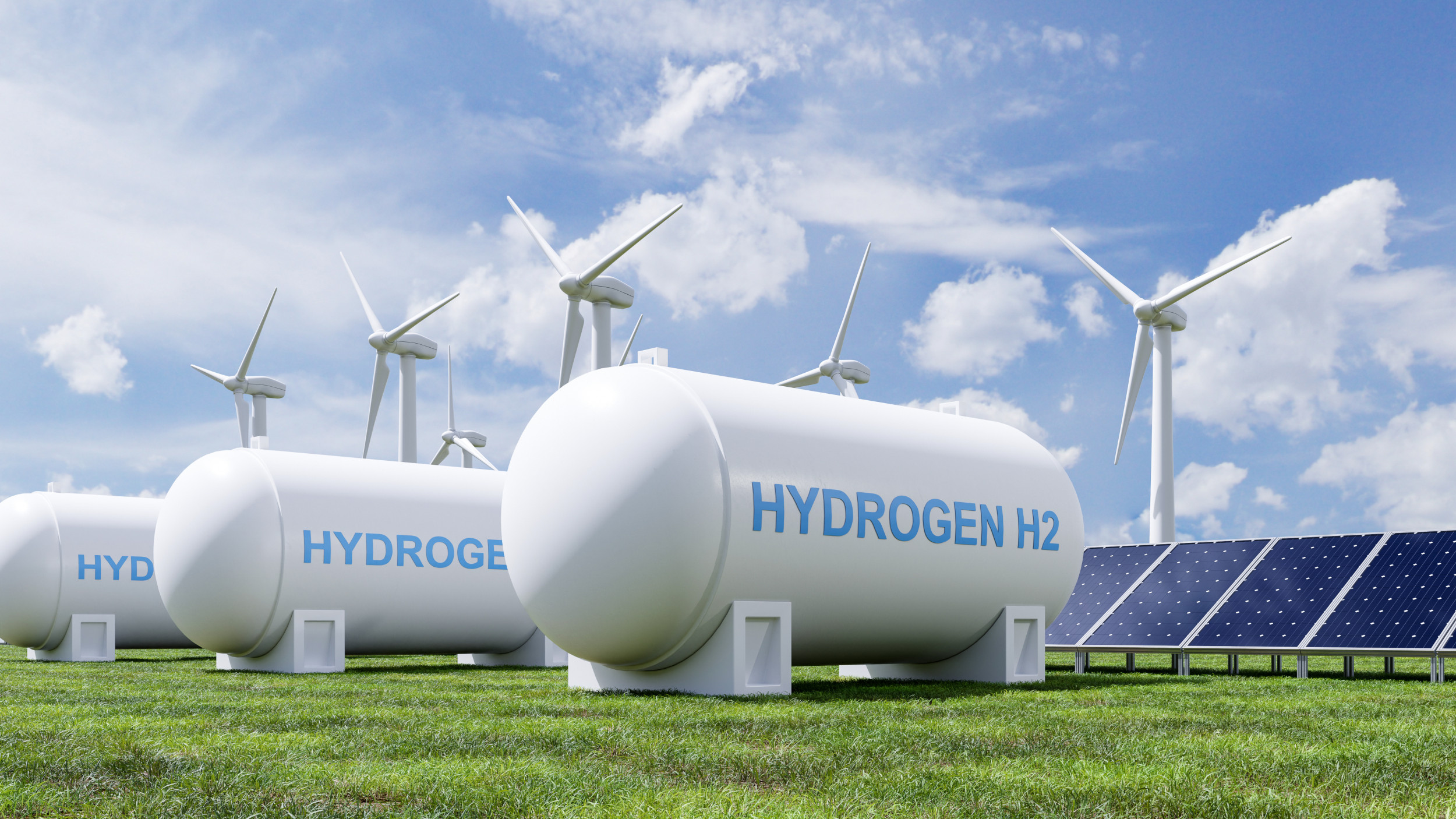Fortescue Future Industries (FFI) claims to have won exclusive land rights for 7.6GW green hydrogen plant in Egypt. At the UN-sponsored COP27 climate talks, which are currently taking place in Egypt, FFI claims to have inked a significant Framework Agreement with the Egyptian government.
When Forrest, the executive chairman of Fortescue Metals, visited with President Abdel Fattah El-Sisi and signed an MoU in September, they discussed a capacity of 9.2GW, which is less than the projected capacity.
The COP27 meetings, which are scheduled to conclude this weekend, have been used as a tool by Egypt. As a launchpad for its strategies to produce green hydrogen and utilize its significant wind and solar resources. By 2035, it will use renewable energy to meet 42% of its energy needs.
Also Read: Proposal for construction of 9.2GW solar and wind-powered hydrogen facility in Egypt
Remarks on the green hydrogen plant in Egypt
FFI said in a statement, “The binding agreement grants FFI exclusive land rights to investigate Egypt’s renewable energy resources. Including solar, wind, and geothermal energy. The projects under consideration have the potential to sustain 7,600 MW of renewable energy. With the ability to generate 330-kilo tonnes of green hydrogen annually.”
Egypt prime minister Mostafa Madbouly said, “FFI involvement in the Egyptian market demonstrates how favorable Egypt’s business environment is. As well as its capabilities in the renewable energy field. Energy-related projects are crucial. Because they support the government’s plan to turn Egypt into a hub for renewable energy on a worldwide scale.”
The FFI announcement comes in the wake of news earlier this week that it was considering proposals for a huge 10GW renewables hub in Queensland’s north. As well as a multi-gigawatt Clarke Creek renewables hub further south, and 5.2GW of wind and solar in Pilbara region.
According to FFI CEO Mark Hutchinson, the proposal for a green hydrogen plant in Egypt would create jobs, boost Egypt’s economy. And lay the groundwork for the country to start utilizing its excellent natural resources. As well as generating the renewable energy needed to produce green hydrogen and green ammonia on a large scale.

